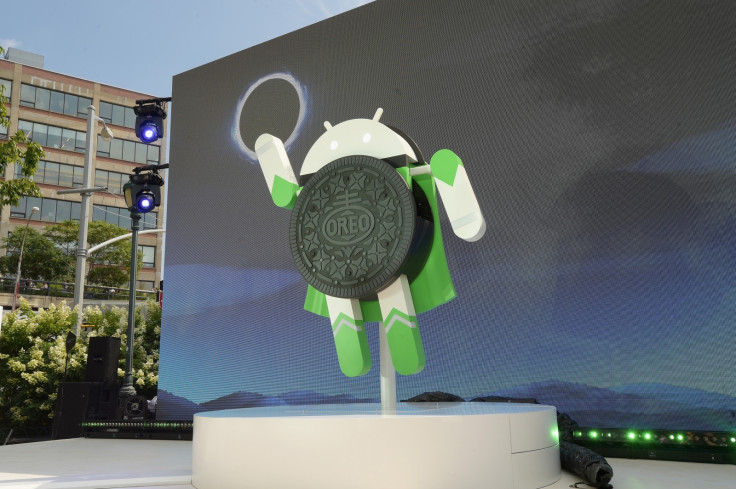Android 8.0 Oreo: Everything you need to know about features, rollout dates and how to download
Oreo will first roll out to Nexus 5X/6P, Pixel, Pixel XL, Pixel C tablet and Nexus Player in the coming weeks.

It's official. Google's latest Android mobile OS will be called Oreo. While making the announcement, the company has released a list of features and phones that will first get the update.
While previous Android releases were announced through a blog post or on Twitter, the newest OS was unveiled through a live stream on YouTube. Besides, Google's Dave Burke, VP of engineering (Android) said in a post:"We're now ready to officially launch Android 8.0 Oreo to the world."
The release at an event in New York coincided with the 2017 solar eclipse and the announcement came right after it. Even the unveiling of the update was eclipse-themed with the upper part of the cookie moving akin to the moon from the sun.
From superheroes to sweet treats, #AndroidOreo knows how to celebrate. What are you looking forward to about Android 8.0 Oreo? pic.twitter.com/aHUsrR5Ap4
— Android (@Android) August 21, 2017
Who will get it first
After the announcement, Android's Twitter account mentioned which phones will receive Oreo right away. For now, the devices are Pixel and Pixel XL phones, the Pixel C tablet, the Nexus 5X, 6P and Nexus Player.
#AndroidOreo will start rolling out in phases soon to Pixel & Pixel XL phones, the Pixel C tablet, & the Nexus 5X, 6P & Nexus Player. 🎉🎉🎉 pic.twitter.com/xhQ7JApR07
— Android (@Android) August 21, 2017
Rollout dates
The Oreo rollout is expected to be slow and it is not clear when it will come to other phones. Only 14% of all Android phones in the market right now run Nougat, the previous version, according to a report by BBC.
"We've been working closely with our partners over the last many months, and by the end of this year, hardware makers like Essential, Huawei, HTC, Kyocera, Motorola, HMD Global Home of Nokia Phones, Samsung, Sharp and Sony are scheduled to be launching or upgrading new devices to Android 8.0 Oreo," wrote Burke in his post.
Features
Among the standout features that Oreo is expected to bring are better managed notifications, picture in picture functionality, and reduced boot-up time. The picture in picture feature will reportedly work with YouTube, but only in its paid YouTube Red service.
A new autofill option has also been introduced similar to the ones seen on desktops with the phone remembering login information for quicker access to apps, according to Google.
Notification dots is a feature that allows the app icon to show a dot if there are any notifications from it. Users can then see the notifications and push them away without having to open and enter the particular app. App developers can also create notification filters giving users the option to be notified about certain types of notifications. So far, users could only choose to either allow or block notifications from apps.
Instant apps is a feature wherein users can enter apps from browsers directly and temporarily use them without having to install them. Apps can also be managed effectively by the user who can now expect to give and rescind specific functionality for apps open in the background.
Android 8.0 Oreo will apparently also manage battery power much more efficiently.
Emojis have been completely reworked and Google says it has added 60 new ones to the list for users to choose from.
Other features mentioned are expected to mostly work in the background like downloadable font bundles that free up app space for developers. A good number of them are unlikely to be seen or controlled by the average user.
How to download Oreo
Developers who are part of the Android Beta program can download system images from the developer's site and can be flashed into supported devices.
© Copyright IBTimes 2025. All rights reserved.





















